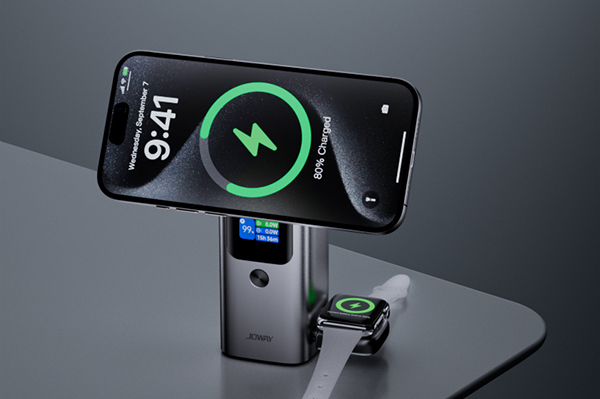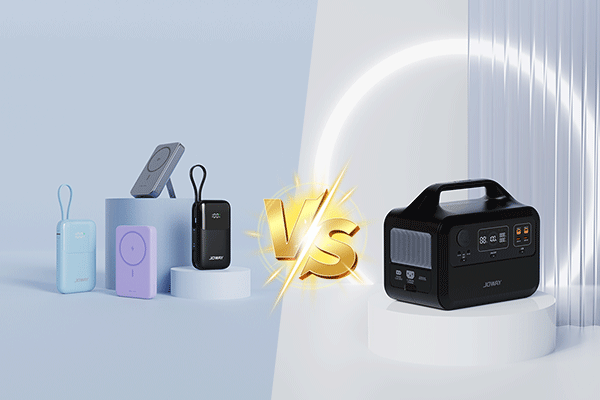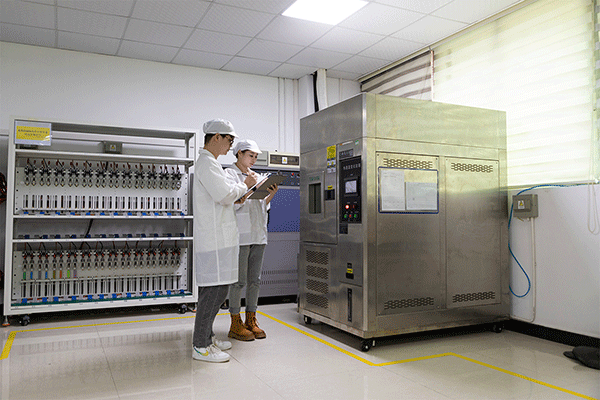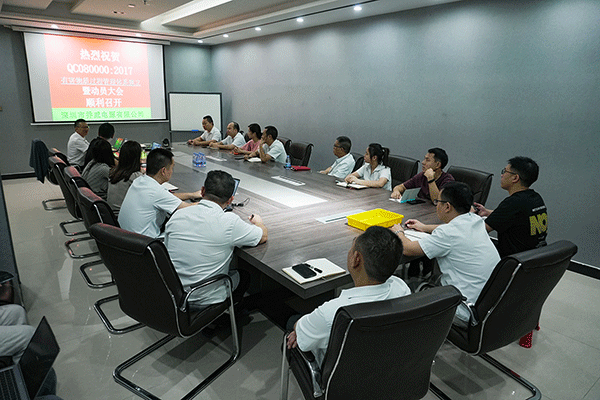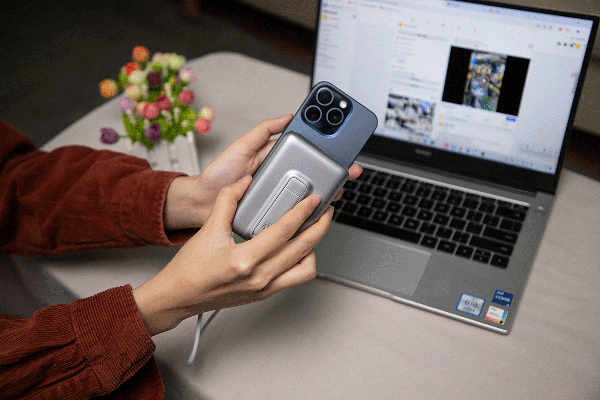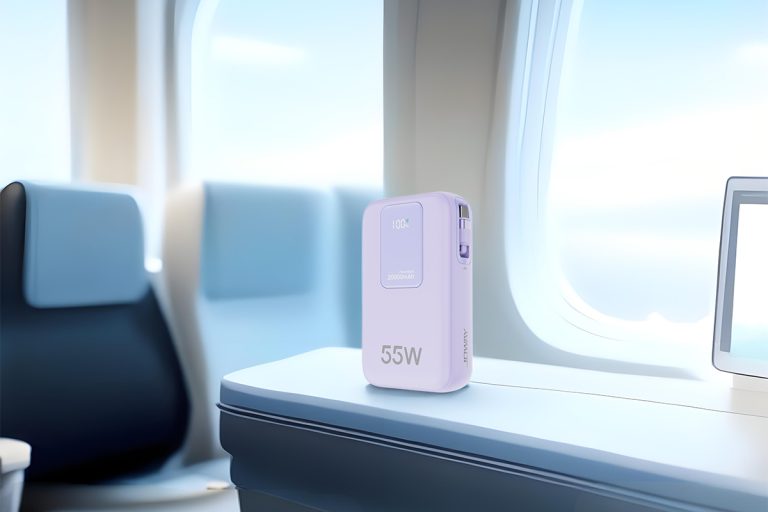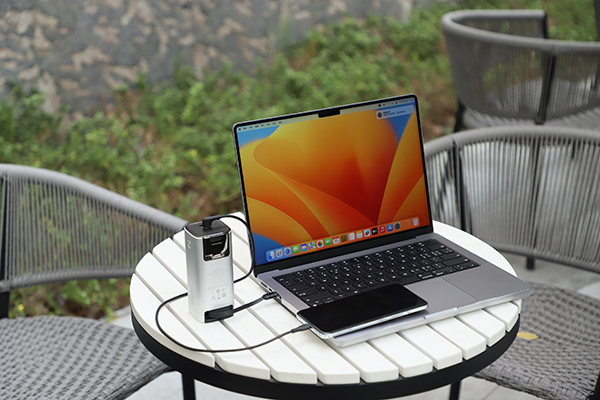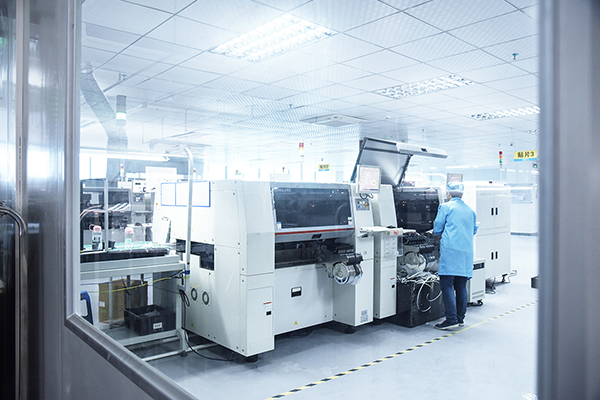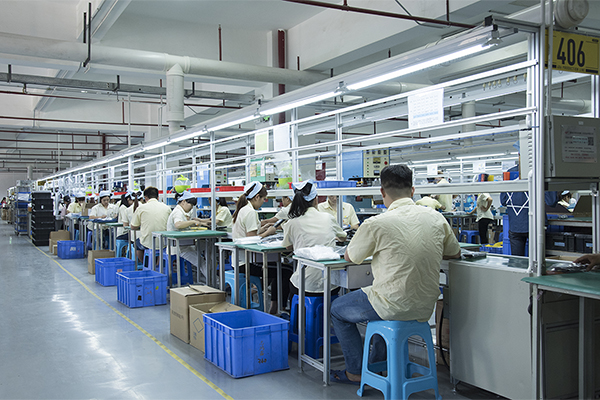While smartphones pursue fast charging, the power of power bank is also increasing. The higher power leads to greater heat generation. Balancing faster charging with heat management remains a key challenge for high-capacity power banks. When brand owners customizing power banks, they often pay attention to the heat dissipation performance. Therefore, how to improve it? Let’s discuss it!
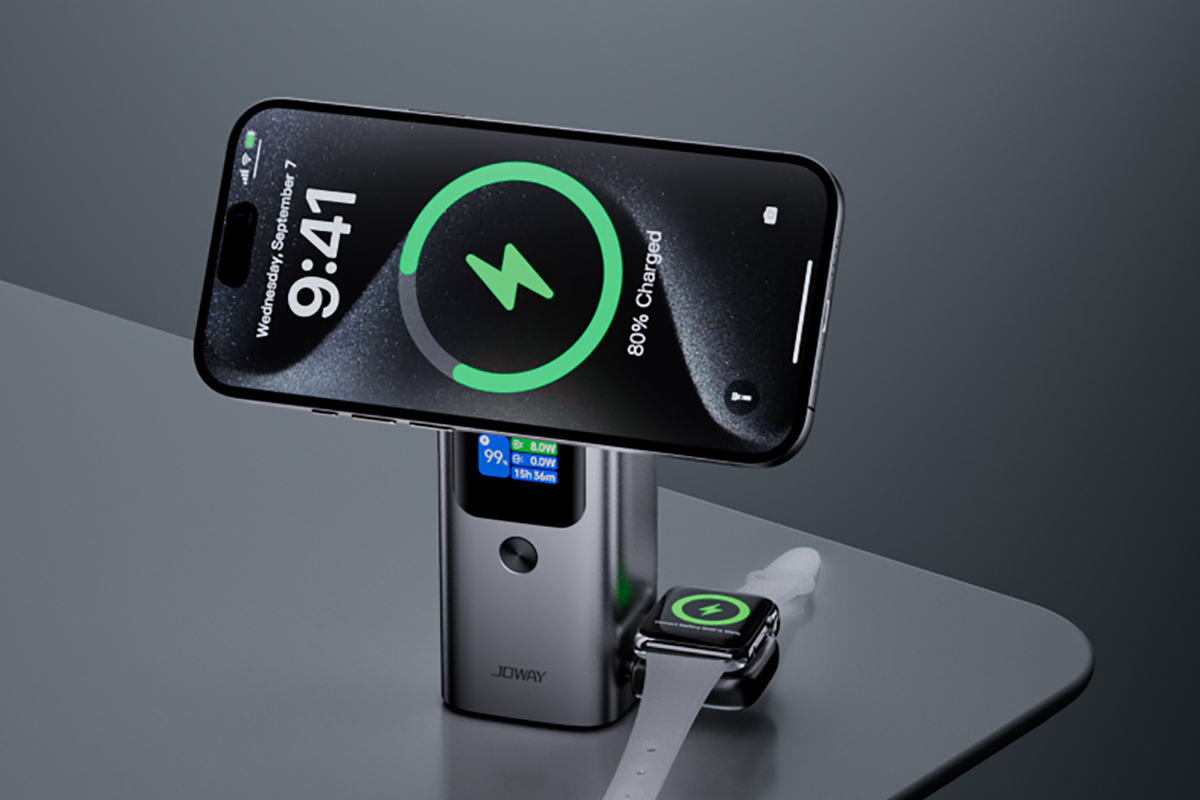
In order to improve the heat dissipation performance of power bank, it is necessary to coordinate the materials, structure, and temperature control technology. This article will mainly focus on these points. I hope my sharing will help!
一、Selection of High-Efficiency Heat Dissipation Materials
To enhance the heat dissipation of a power bank, incorporating materials such as aluminum heat sinks, thermal conductive silicone, and graphene.These materials have good thermal conductivity and can quickly transfer heat to avoid heat accumulation in internal components. In addition, choosing metal materials for the shell material can speed up the heat dissipation, such as using aluminum alloy. High-power fast-charging power banks typically place special emphasis on the application of thermal management materials.
Case analysis:
As shown in Figure 1: 100W power bank with retractable cable, built-in thermal conductive silicone, heat dissipation aluminum sheet, and an aluminum alloy shell, which accelerates the transfer of internal heat to the outside of the power bank and quickly dissipates heat. The Qi2 magnetic power bank with stand in Figure 2 integrates advanced thermal materials including graphene, heat-resistant insulation foam, and thermal conductive silicone. The thermal silicone efficiently transfers internal heat outward, while the insulation foam prevents localized hot spots from affecting the battery or other sensitive components, directing heat flow along designated paths, which specifically improve the heat generation issues commonly associated with wireless charging.
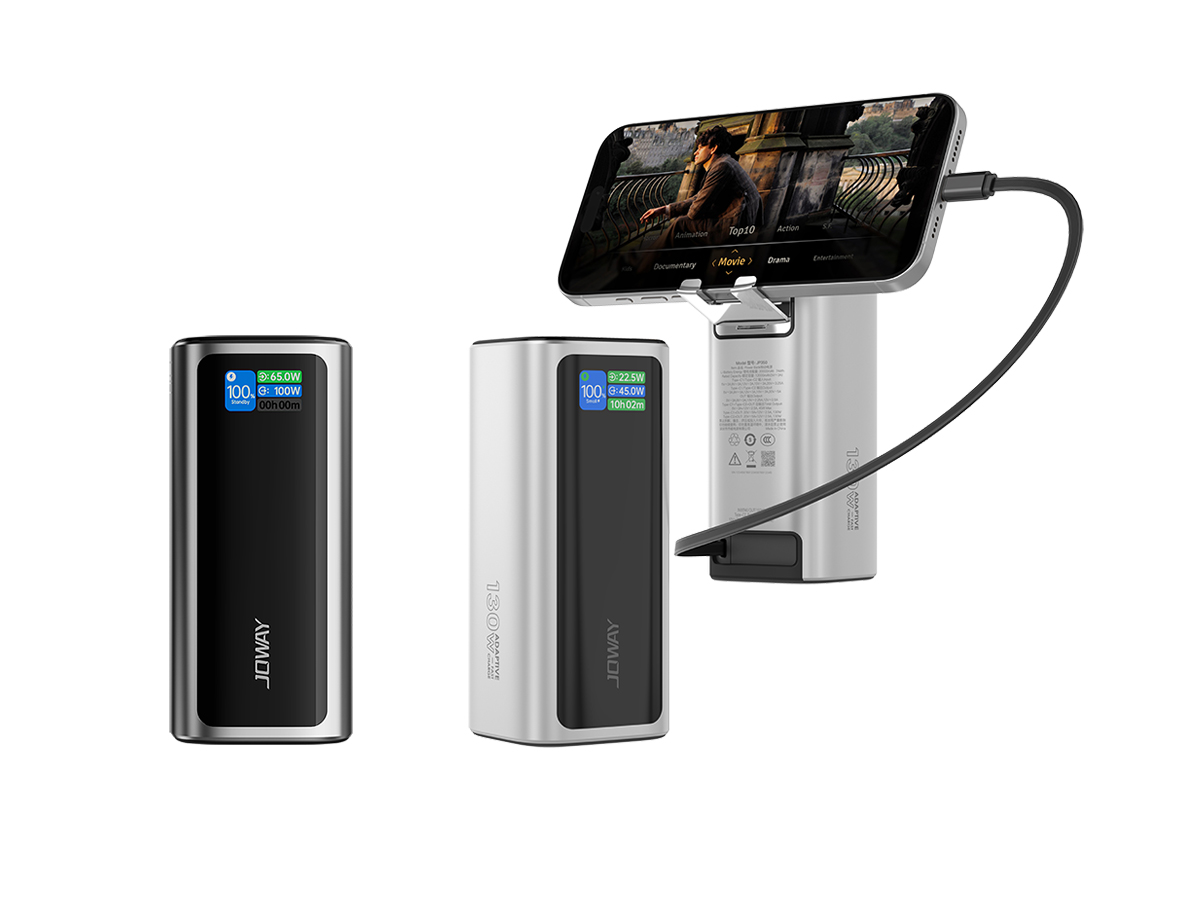
Figure 1 – 100W Retractable Cable Power Bank
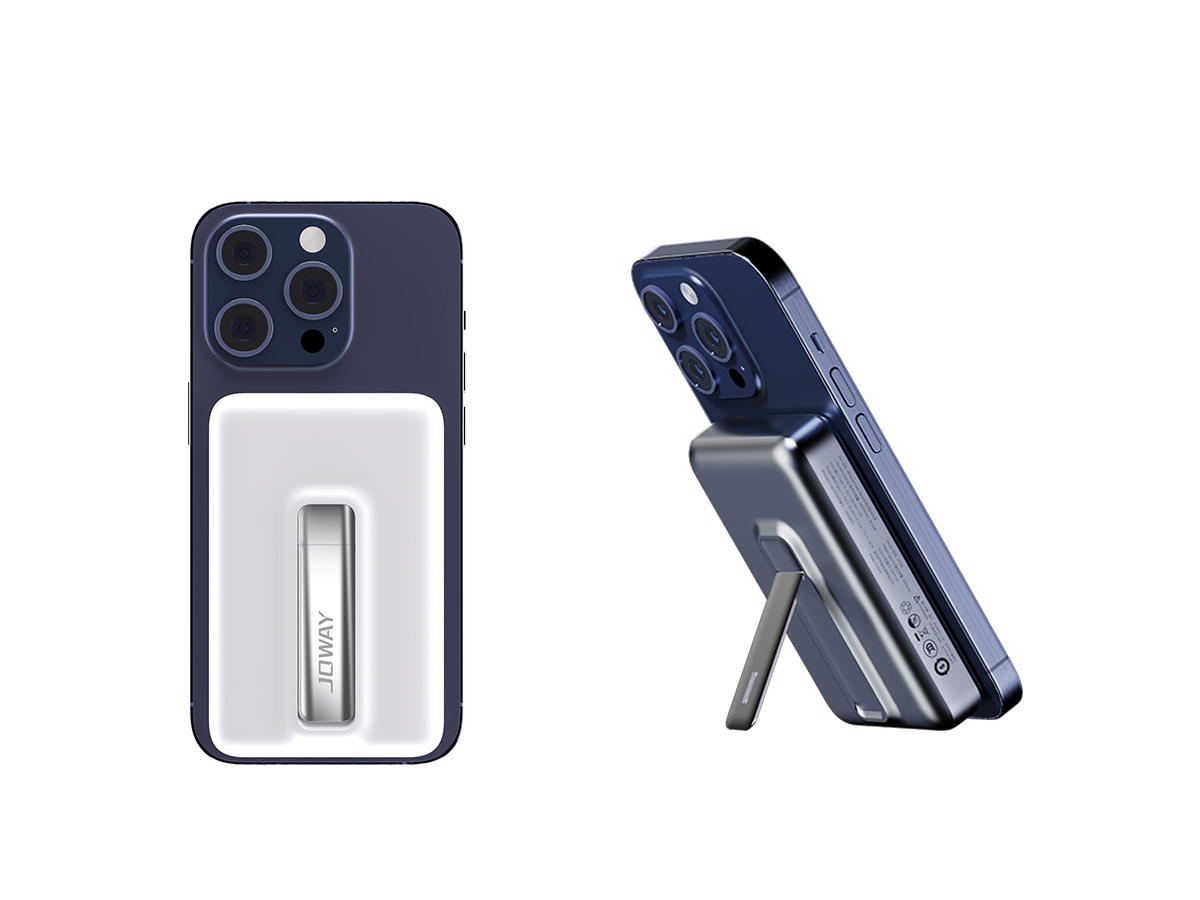
Figure 2 – Qi2 Magnetic Wireless Power Bank with Stand
二、Optimization of Power Bank Heat Dissipation Structure
In the design of high-power or wireless charging power banks, not only are additional heat dissipation materials added internally, but structural optimizations are also implemented to enhance the product’s thermal performance. Generally, the layout of internal components will be optimized to make the heat point closer to the shell or outlet position, reduce the density of internal components, increase the gap between internal components, strengthen internal air convection, adopt multi-directional dispersed transmission heat dissipation, increase heat dissipation holes, etc. Of course, you can also consider using heat dissipation fans, but the cost will be more expensive. At present, it is less used in power bank. Generally, fans are more used in outdoor portable energy storage. It will be comprehensively evaluated in product development to decide whether it is necessary to use fans…
Case analysis:
As shown in Figure 3: Qi2 wireless power bank with stand adopts a separate structure design. Wireless charging and wired charging are separately cooled—the former quickly transfers heat from the bottom, and the latter from the top. The heat point is close to the outlet, reducing the heat accumulation of the fuselage. Heat is accelerated from multiple directions to ensure that there is no overheating when charging.
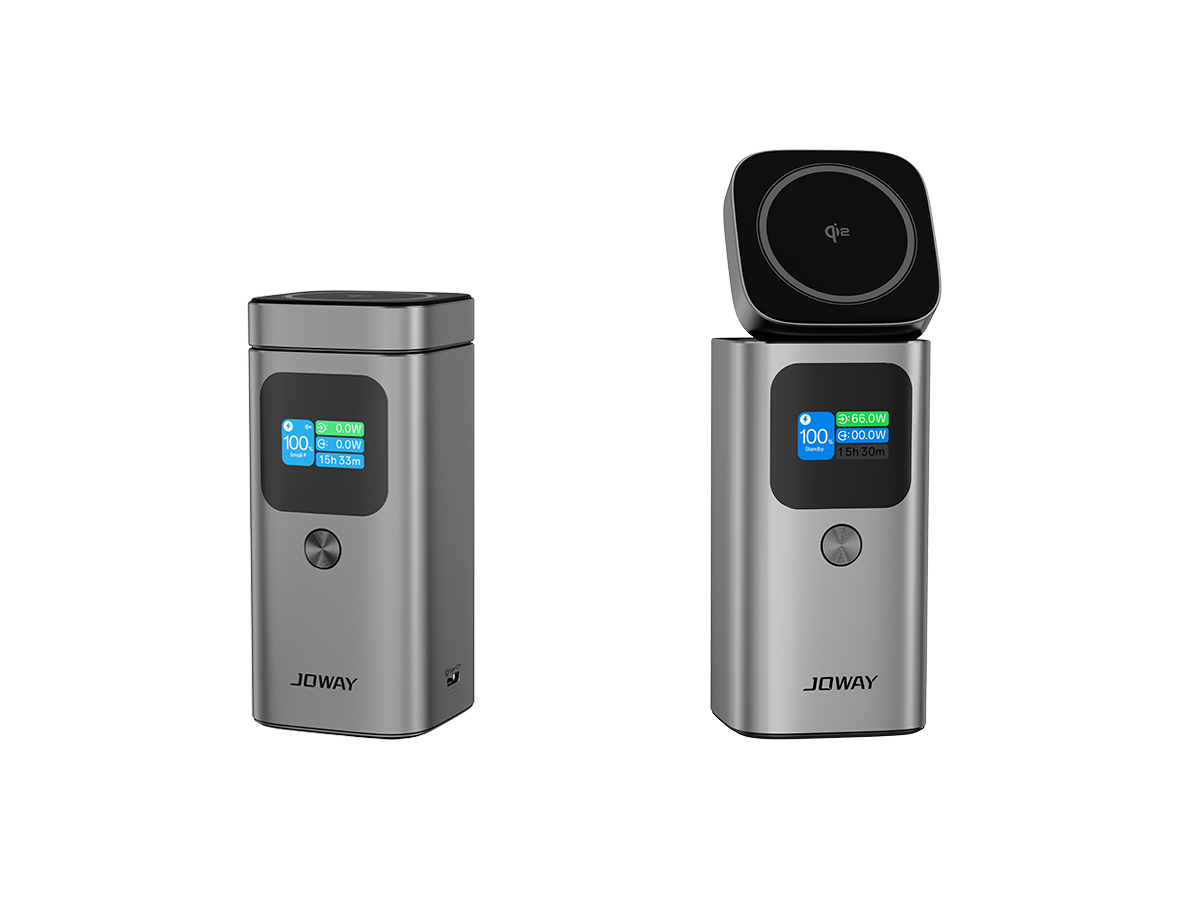
Figure 3 – Qi2 Wireless Charging Stand Power Bank
三、Enhancement of Intelligent Temperature Control Protection System
In addition to optimization of heat dissipation through materials and structures, the temperature control management system will also be optimized on high-end machines, such as using high-sensitivity NTC temperature sensors to increase the temperature sampling frequency: when the detected temperature is too high, the output power will be adjusted in real time to control the temperature rise, and a multi-level heat dissipation trigger mechanism will be adopted; when the temperature reaches the set value, the temperature will be adjusted by reducing the power or suspending charging, and the temperature will drop quickly, thereby improving the safety performance of the power bank.
Case analysis:
As shown in Figure 4: The TFT series of high-power power banks strengthened the intelligent temperature control management system, through high-sensitivity NTC real-time monitoring. The temperature detection reaches more than 400,000 times per hour, once the temperature is detected to be too high, it will respond immediately to adjust the power. The TFT color screen high and low temperature warning display, and multiple temperature control protection, adding multiple protections for use. High and low temperature warnings will be displayed on the TFT color screen to increase multiple temperature control protections.

Figure 4 – 100W Retractable Cable Power Bank
If you are looking for a professional power bank factory and encounter related problems, please contact us for consultation!
FAQ
1.What are the factors that affect the heat dissipation of mobile power?
A: The internal and external materials of the power bank, product structure, temperature control management system, and external use environment will affect the heat dissipation of the power bank during use.
2.What is the role of the BMS?
A: BMS (Battery Management System) monitors the battery temperature in real time (usually using NTC sensors) and takes active protection measures when the temperature is too high, such as adjusting the charge/discharge current (power), or cutting off the circuit in extreme cases to prevent the battery from overheating and causing danger.
3.What are the quick heat dissipation methods when using power bank?
A: It is easier to dissipate heat when placed in a place with relatively low ambient temperature, such as fans, air conditioners, etc. In addition, reducing the use of multiple devices at the same time and reducing the use of high-power devices can quickly reduce the charging temperature.

